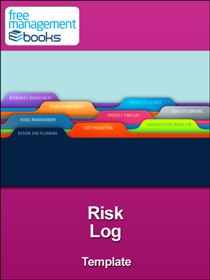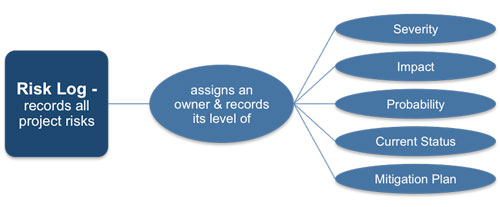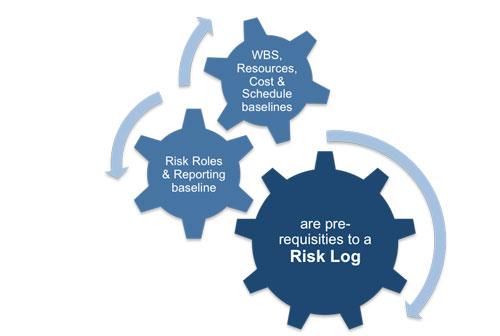
Risk Log Template
This template enables you to record the risks that have been identified as they relate to a specific project. It works in conjunction with the risk register and forms a key part of the monitoring and reporting on a project’s associated risks.
This template enables you to record the risks that have been identified as they relate to a specific project. It works in conjunction with the risk register and forms a key part of the monitoring and reporting on a project’s associated risks. It ensures that each risk has an owner and that there is a plan how to avoid, mitigate, accept or transfer that risk to a third party.
The work breakdown structure (WBS) document is one the essential inputs to this document because it is necessary to know or have an understanding of the project deliverables, planned resources and their availability, along with any known project assumptions and constraints including organizational and environmental factors. Project managers will include this template as an appendix to the risk management plan.
The management of risk is an essential aspect of any project no matter its size and the risk log is the document that tracks those risks throughout the projects lifespan. All projects exist in an evolving environment so change is almost inevitable and keeping a watchful eye on how each change alters the potential risks is imperative.
The initial probability and severity of an identified risk can alter as the project progresses and it is vital that someone is assigned the responsibility of assessing how the project changes impact a certain risk. The risk owner will inform the project manager of any alterations to a risk’s likelihood of happening, its level of severity or impact to the project as the result of an approved change.

Project Risk Log
The risk log is an essential management tool as it helps a project manager assess and track the ‘influence’ a specific change or event will have on the overall project objective. Before this document can be created there are several key aspects that must be defined as part of the planning process.
Firstly, the roles and responsibilities as they apply to both potential and possible project risks must be allocated and approved. Then the risk management team to assess each risk allocating it an owner and a unique identification number (or tag). This ID enables each risk to be accurately tracked and its plan for mitigating its impact to be easily activated when necessary.
Secondly, the outlines of the resources, cost and schedule baselines must be available so that the minimum and maximum requirements of each are known and risk can be properly assessed. Thirdly, work breakdown structure (WBS) and its dictionary along with the associated detailed work schedule, estimates of project costs and overall budget, plus the identification and availability of the resources. The performance measures to be used during the project must have been confirmed for risks to be accurately gauged.

Inputs to the Risk Log
The risk log also plays a significant role in the reporting process of any project and before risks can be assessed the reporting requirements for the project must have been discussed and agreed in principle. It is one of the fundamental risk management documents because it records the monitoring of each risk and what action has been taken in connection with it at the time of the report being issued.
The main individuals who will regularly read the risk log are the project manager and the project sponsor who need to know when to escalate a certain risk for further discussion or to activate its mitigation plan. The project manager is the overall owner of this document and it will be a standard agenda item on any project team meetings.
The risk log will be a key document used during the review of the project after its closure. There are likely to be many issues raised as part of risk management that will aid more accurate risk estimation and identification for future projects. It also helps to appraise what conditions are likely to trigger similar risks in other projects so that better plans can be put into place from the outset.
